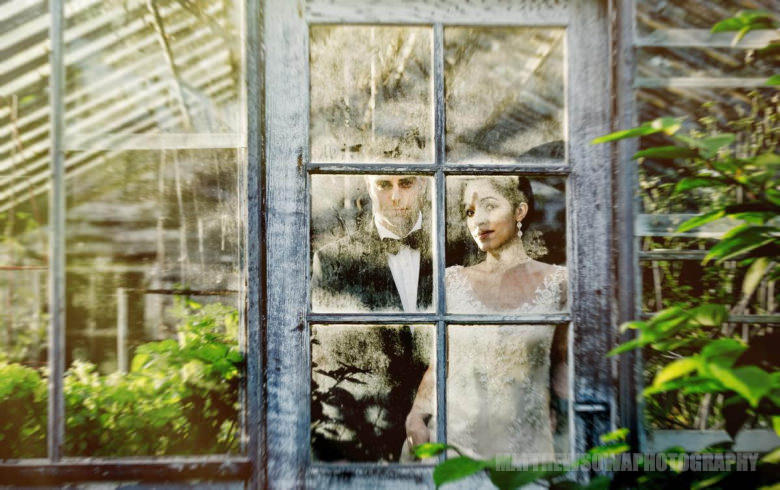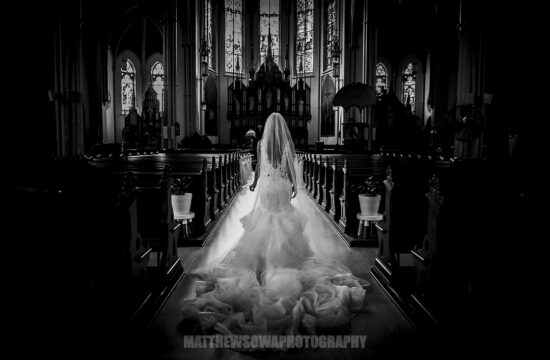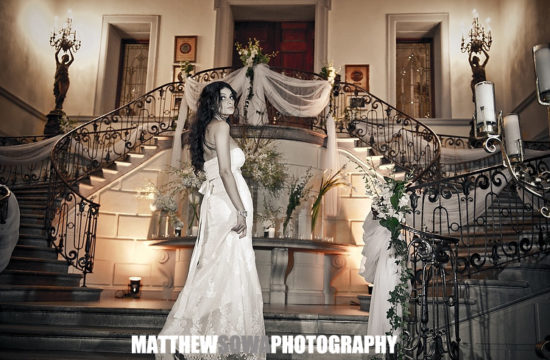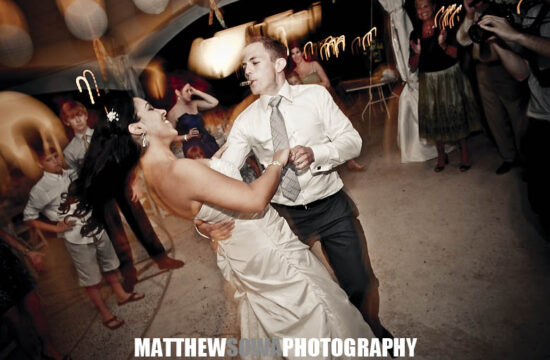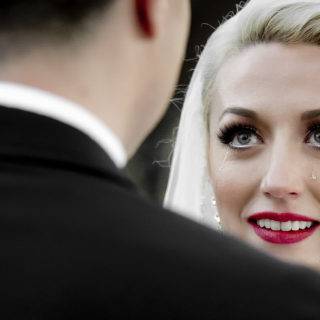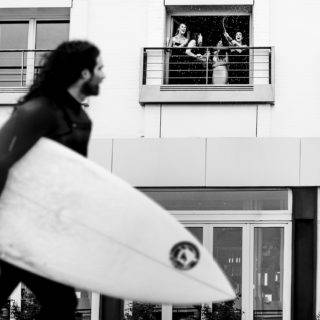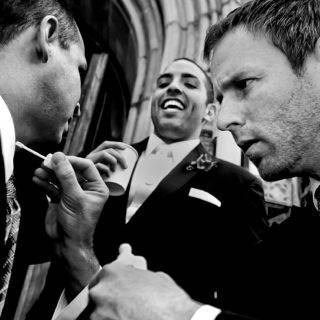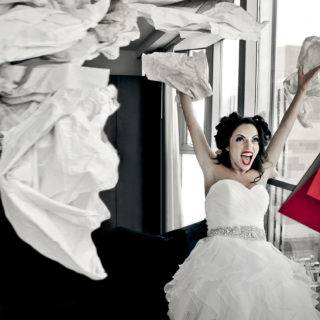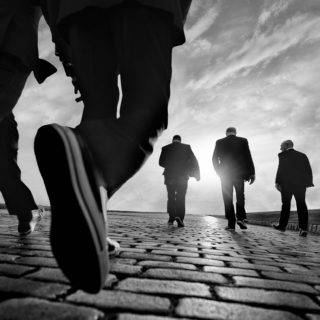Planning The Best Timeline for Your Wedding Day is one of the most important parts of ensuring everything runs smoothly. A well-structured timeline will not only help your vendors know where they should be and when, but it also keeps your guests engaged and stress levels low. Your timeline should allow time for everything — from getting ready moments to those emotional dances at the end of the night. Most couples underestimate how quickly the day passes, so building in some buffer time for unexpected delays is always smart. Talk to your planner, photographer, and other vendors early about timing expectations. You’ll also want to consider your ceremony start time, sunset time (for photos), and venue rules. A strong timeline balances a smooth flow without making you feel rushed. It’s not just a schedule; it’s a memory map of your best day ever.
HOW TO CREATE THE THE BEST TIMELINE FOR YOUR WEDDING DAY (WITH PHOTOGRAPHY IN MIND)
When planning The Best Timeline for Your Wedding Day, photography needs must be a top priority. Photographers need enough time for each section of the day, from getting ready shots to golden hour portraits. Start with deciding your ceremony time, then work backward and forward to build around that. Think about where you want your most important photos taken — during golden hour, after the first look, or after the ceremony? Photography coverage usually lasts 8 to 10 hours for a full-day event, so plan your moments accordingly. Communication is key: talk with your photographer about what shots you want most and how long each part will realistically take. Proper photo timing ensures you capture the full story of your day without feeling rushed or stressed. Good photography-focused timelines balance both candid memories and formal portrait moments beautifully.
Decide whether or not you guys are going to do a “first look.”
Deciding on a “first look” is one of the earliest choices to make when building your timeline. A first look is when the bride and groom see each other before the ceremony, usually in a private and emotional setting captured by the photographer. Many couples love this because it calms nerves and provides extra photo opportunities before guests arrive. However, others prefer the traditional moment of seeing each other at the altar. There’s no wrong answer; it depends on your vision for the day. Remember, if you choose a first look, you’ll get more daylight for romantic portraits and bridal party photos. This can free up more time later during cocktail hour to mingle with guests. Discuss this carefully with your partner and your photographer to find what suits you best.
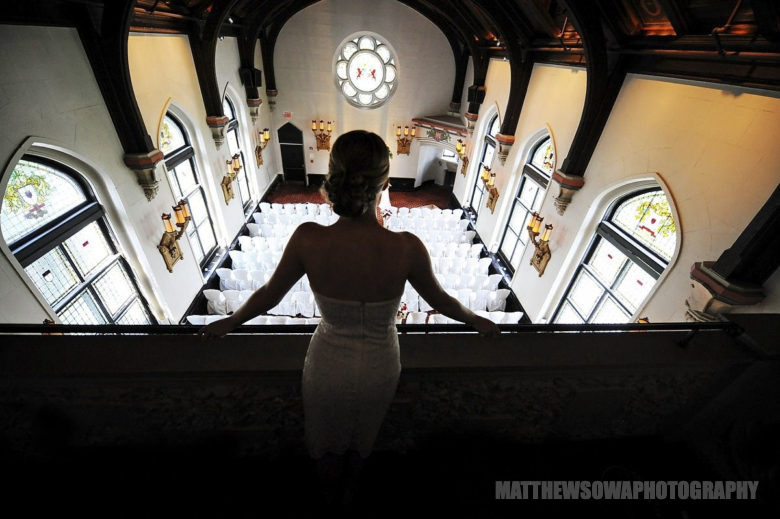
Option #1 | FIRST LOOK
Choosing a first look opens up many beautiful moments for your day. It gives you and your partner a private, emotional time together before the official ceremony begins. This also means you can complete a large portion of your photos, like couple shots, bridal party, and even family pictures, early, allowing you to enjoy cocktail hour fully. Having a first look can also ease the day’s timeline because you won’t need a big break between the ceremony and reception for photos. Your emotions will still feel raw and authentic, and you’ll be able to experience more of your day together. Plus, if you’re worried about rain or poor lighting later, a first look provides earlier opportunities to capture stunning outdoor pictures.
Option #2 | NO FIRST LOOK
Choosing no first look sticks with tradition and can create an incredibly powerful emotional moment when you walk down the aisle. If you’ve always dreamt of your partner seeing you for the first time during the ceremony, this option is perfect. However, know that skipping the first look means you’ll need to schedule more time between your ceremony and reception for photos. Your guests will be enjoying cocktail hour while you, your bridal party, and family are busy with photography. Without a first look, timelines must be tighter, and daylight considerations become even more important, especially for winter weddings. Coordination with your photographer will ensure you still get all the important shots without feeling rushed later in the evening.
For The Best Timeline for Your Wedding Day, determine the ceremony time based on the sunset time.
Sunset is a crucial factor when setting your ceremony time, especially if you’re dreaming of gorgeous golden hour portraits. To maximize soft natural light for your wedding pictures, you’ll want your ceremony to end around 30 to 60 minutes before sunset. This allows time for stunning couple photos during that magical light. Use tools like a sunset calculator to check exact sunset times for your date and location. Remember, seasonal shifts can greatly affect the available light, with winter sunsets happening much earlier than summer ones. Planning backward from the sunset time helps you schedule your ceremony, first look, and portrait sessions perfectly. This one step alone can transform the beauty of your wedding photos.
Decide whether or not you want a cocktail hour.
A cocktail hour is more than just drinks; it’s a vital part of your timeline. It gives guests a chance to socialize, grab refreshments, and relax while you and your family complete formal photos. Cocktail hours typically last about an hour and can include passed hors d’oeuvres, a signature drink, and light background music. If you’re worried about a lull between the ceremony and reception, cocktail hour keeps the energy lively and ensures guests are happy. Some couples also use this time to freshen up, touch up makeup, or simply have a private moment together before the reception chaos. Plan this carefully — a well-run cocktail hour bridges the gap and keeps your day flowing seamlessly.
Decide how many hours of wedding day photography coverage you’ll need.
Photography coverage is one of the biggest timeline decisions you’ll make. Most weddings require 8 to 10 hours of coverage to capture everything from getting ready to the grand exit. However, micro weddings or elopements might only need 4 to 6 hours. Think about your priorities: Do you want “getting ready” photos with your bridal party? Sunset portraits? Dance floor fun shots? Share these details with your photographer to customize coverage to your needs. Also, consider travel time between venues, family portrait lists, and any special moments you want captured. Booking too few hours can cause you to miss important memories, while booking too many can lead to unnecessary idle time. Smart planning here ensures your whole story is documented beautifully.
Your Complete Wedding Day Flow – From First Look to Final Moments
After finalizing key decisions — like whether you’re doing a first look, when your ceremony starts, how long cocktail hour will last, and how many hours your photographer stays — you’re ready to map the whole day. Start from when you wake up and plan through hair/makeup, travel times, setup windows, photo sessions, ceremony, reception, and grand exit. Build cushion time between events for unexpected delays. Share your timeline with all vendors, wedding party members, and key family members. A detailed, thoughtful timeline brings peace of mind and makes sure you don’t miss any of the moments you’ve dreamed about. With this foundation, your day will flow naturally, stress-free, and joyfully.
Reception Timeline & Flow of Events
After the ceremony, your reception is where the true celebration begins. The reception timeline needs to keep guests entertained and the energy lively. A well-structured flow avoids awkward gaps and keeps everyone engaged. Start by transitioning smoothly from the ceremony to cocktail hour. Ensure your venue is ready for guest arrival with a beautifully set-up cocktail area. Afterward, guide guests into the reception space for dinner and festivities. Plan your reception events—like the grand entrance, dances, toasts, and cake cutting—at natural points throughout the evening. Each event should feel like an exciting highlight, not rushed or packed too tightly. Communicate clearly with your DJ, band, or MC about the timing so that the flow feels effortless. Keeping things moving at a steady but relaxed pace ensures guests stay energized and leaves everyone with beautiful memories.
COCKTAIL HOUR
The cocktail hour sets the mood for the reception. Guests can enjoy drinks, light appetizers, and socializing while the bridal party finishes any remaining formal photos. Ideally, cocktail hour should last about 45 minutes to 1 hour. A well-planned cocktail hour includes a few seating areas, tasty passed appetizers, and maybe even some light music. It’s the perfect time for guests to relax, mingle, and transition into party mode. You can also use this time to display special details like memory tables, guest books, or fun activities like photo booths. For couples, it can be a short breather, a chance to freshen up or grab a quick bite before the evening kicks into full swing.
INVITATION TO DINNER
Once cocktail hour winds down, it’s time to invite your guests to dinner. The announcement can be made by your DJ, band, or a designated wedding coordinator. Clear signage or ushers can guide guests to their assigned tables quickly. Starting dinner promptly ensures guests stay comfortable and the night keeps moving smoothly. You may choose to kick off dinner with a short welcome speech or prayer before food is served. If you have a plated dinner, ensure your catering team is ready to serve courses efficiently. If it’s a buffet or food stations, stagger guest lines to avoid bottlenecks. A seamless transition to dinner keeps the energy up and shows your guests that you’ve thoughtfully planned the experience.
GRAND ENTRANCE
The grand entrance marks the official beginning of the party! It’s your moment to step into the reception and be celebrated by all your loved ones. Some couples have fun with it — dancing in, choosing a high-energy song, or even involving their bridal party with choreographed entrances. The DJ or MC will hype up the crowd before announcing the newlyweds and bridal party. This is a high-energy moment that sets the tone for the rest of the evening. Decide if you want to go straight into your first dance afterward or transition into a welcome speech. Either way, your grand entrance should feel like an unforgettable kickoff to your celebration!
FIRST DANCE
Your first dance as a married couple is a deeply special and emotional moment. It often happens right after the grand entrance while all eyes and emotions are focused on you. Choose a song that has personal meaning and take a few dance lessons if you want to feel extra confident. Some couples like a slow, romantic first dance; others go for an upbeat, choreographed routine. Whatever style you choose, embrace the moment fully. Having your first dance early in the evening is a smart choice because it captures guests’ attention while energy is still high, and photographers are ready to catch every emotional detail.
WELCOME TOASTS
The welcome toasts are usually given by the couple, the hosts (often parents), or the wedding party to kick off the dinner. A few short and heartfelt speeches are perfect for setting the right tone: gratitude, joy, and excitement. It’s important to keep toasts focused and brief, ideally around 2-3 minutes each. Too many or overly long toasts can make guests restless. Plan the order of speakers ahead of time and let them know their time limit. Welcome toasts add a deeply personal, emotional touch to your wedding evening and make guests feel truly part of the celebration.
DINNER
Dinner is a time for guests to relax, refuel, and enjoy conversations. If you’re serving a plated meal, service should be smooth and timed well with the flow of toasts and special events. For buffets or food stations, make sure there’s clear guidance so guests aren’t confused about when and where to eat. Dinner can also include special moments like background music, gentle lighting adjustments, and even table visits by the couple to greet guests personally. Keep in mind that well-fed, happy guests make for an energetic dance floor later on. Good planning here ensures everyone is comfortable and satisfied before the party truly kicks into gear.
WEDDING PARTY TOASTS
Wedding party toasts are a beautiful tradition where your closest friends or family share heartfelt memories, funny stories, and wishes for your future. Usually, the maid of honor and best man give these speeches, but sometimes siblings or lifelong friends may also say a few words. Keep the order simple and let each speaker know ahead of time when they’ll be called up. Remind them to keep their speeches around 3-5 minutes to maintain the evening’s energy. These moments can be emotional, joyful, and even a little humorous, creating a warm and unforgettable atmosphere. A few tears, a lot of laughter, and heartfelt words make wedding party toasts a core memory of your big day.
PARENT DANCES
Parent dances are touching moments between the newlyweds and their parents, usually after the first dance and toasts. Traditional dances like the father-daughter dance and the mother-son dance let you honor your family ties. Choose songs that feel special to you and your parent, whether it’s a classic tune or a personal favorite. These dances often bring out happy tears and create tender moments for photos and memories. If you want, you can keep it traditional or add a fun twist with a surprise dance. Either way, parent dances show love, gratitude, and the deep bonds that shaped your journey.
BOUQUET AND GARTER TOSS
The bouquet and garter tosses are fun and lively traditions that add a playful touch to your reception. Typically, the bride tosses her bouquet to a group of single ladies, and the one who catches it is said to be the next to marry. Similarly, the groom removes and tosses the garter to the single men. These moments are full of laughter and excitement, making for great candid photos. However, if these traditions don’t feel right for you, it’s totally okay to skip them or put your own twist on them! Some couples replace the toss with a special bouquet giveaway to someone meaningful instead.
CAKE CUTTING
Cake cutting is a sweet and symbolic moment that represents the first task the couple does together. It’s also a fun photo opportunity and a natural way to transition from dinner into dancing. Choose a time when guests are still seated but have finished eating their meals. As you cut the first slice together, decide ahead of time whether you’ll feed each other sweetly, or go for a playful cake smash! Afterward, the catering team usually takes over to slice and serve the cake to your guests. Whether you stick to tradition or do something unique, the cake cutting always gets smiles and cheers from the crowd.
LAST SONG
The last song of the night should be an upbeat, memorable tune that sends everyone off with full hearts and sore dancing feet! Pick a song that holds meaning for you or simply something that’s a crowd-pleaser. It’s the perfect chance for a final, joyful, all-out dance with everyone you love before the evening ends. Your DJ or band will often announce that it’s the last song, giving guests one final reason to hit the dance floor. This moment feels bittersweet but celebratory — the perfect way to close out a beautiful night.
LAST DANCE
Some couples choose to have a private last dance after the guests have left the reception space or gathered for the grand exit. This is an intimate, emotional moment just for the two of you — a chance to soak in the magic of your wedding day before it officially ends. You can dance slowly to a meaningful song under the glow of string lights or in an empty ballroom filled only with your memories. It’s a quiet, romantic close to a day that’s otherwise full of happy noise and celebration, giving you a memory that will last forever.
GRAND EXIT
The grand exit is your final send-off and a chance to go out in style! Guests might line up with sparklers, bubbles, flower petals, or even light-up wands as you make your joyful exit. Plan your grand exit carefully with your coordinator or venue team, especially if you’re using items like sparklers that may require special permission. Your photographer will capture magical images of this moment, so make sure they know the plan. A well-organized grand exit is the perfect, picture-perfect way to end your celebration with excitement and love.
Important Notes
One thing every bride says after her wedding is how fast the day went by. It’s true — wedding days often feel like a happy, beautiful blur. That’s why having a solid timeline is so important. A clear plan helps you enjoy each special moment without feeling rushed or stressed. Communicate your timeline to your photographer, coordinator, and bridal party well in advance. Also, build in some buffer time between events. Things like outfit changes, traffic delays, or last-minute touch-ups can take longer than you think. A flexible, realistic timeline ensures you experience the magic of your wedding day instead of worrying about the clock.
About the Photographer
Choosing the right photographer is essential for capturing your day beautifully. They aren’t just taking pictures; they’re telling your love story through images. A great photographer understands the flow of a wedding day and works closely with you to stay on schedule without making you feel rushed. They also capture small, emotional moments that you might otherwise miss. Always meet your photographer beforehand, discuss your timeline, and make sure they understand the feel and style you want for your photos. Trust plays a big role. On the day itself, your photographer will guide you naturally, letting real emotions shine through every photo.
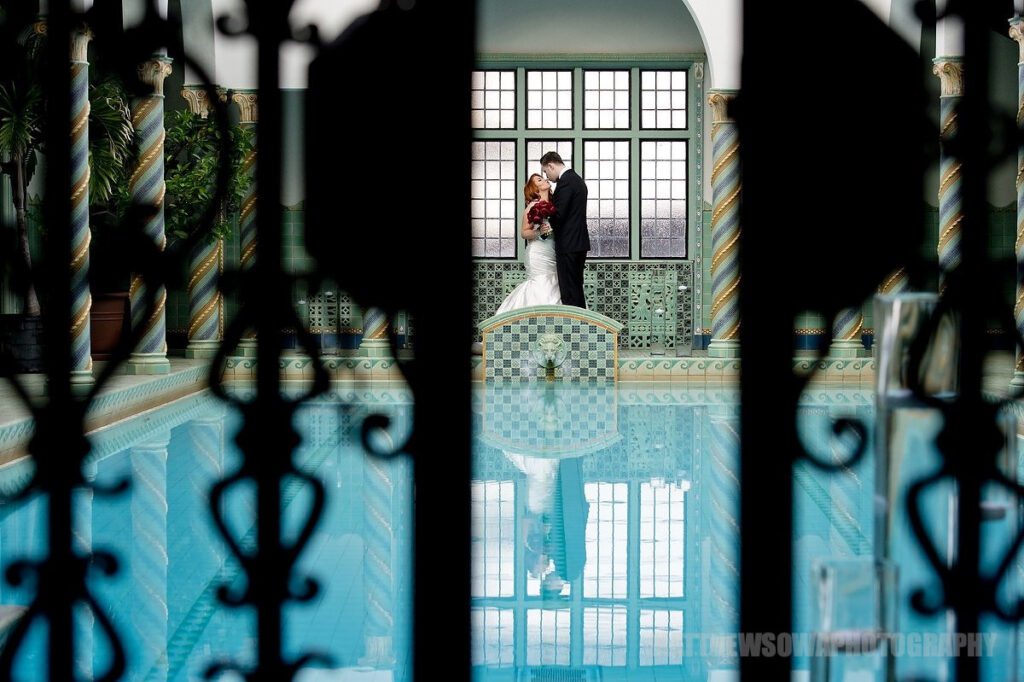
WEDDINGS
Wedding photography covers every meaningful part of your special day — from getting ready in the morning to the emotional grand exit at night. A skilled photographer knows how to blend posed shots with real candid moments, creating a rich, full story of your wedding day. They will also help you plan shots for all major parts like ceremony, first dance, cake cutting, and sunset portraits. Good wedding photographers stay calm, work quickly under pressure, and make you feel relaxed and beautiful throughout the day.
COUPLES
Engagement sessions and couple portraits are a beautiful way to celebrate your love before the wedding. These sessions also give you a chance to get comfortable in front of the camera and build a connection with your photographer. On your wedding day, couple portraits — whether during the first look or at golden hour — capture some of the most intimate and magical images. Trust your photographer’s vision, relax, and focus on each other. Those genuine moments of laughter, stolen glances, and tight hugs will become timeless memories in your album.
PERSONAL
Your wedding is personal, and your photography should reflect that. Every couple’s story is different, so it’s important to infuse personal touches into your photos. Maybe it’s including your pets, heirloom jewelry, or a favorite location that means something to you both. Talk to your photographer about what’s meaningful to you so they can capture the details that tell your story. Personal elements make your wedding photos truly unique, emotional, and unforgettable for years to come.
EDUCATION
If you’re passionate about photography yourself or simply want to understand how things work, some photographers also offer educational tips. They can guide you on how to pose naturally, what lighting is best, and how to organize group photos smoothly. Knowing a few basics can make a big difference in how relaxed and natural you look in pictures. Some couples even choose to take a mini “posing practice” session with their photographer before the big day. A little education creates more confidence, which shows beautifully in your final photos.
FAQs
Q1. How early should I plan my wedding day timeline?
A1. Ideally, start planning your timeline 6–8 months before the big day. This gives you time to adjust as needed.
Q2. Is a first look necessary for wedding photography?
A2. No, it’s optional! A first look gives you private emotional moments and more photo time, but it’s not mandatory.
Q3. How long is a typical cocktail hour?
A3. A cocktail hour usually lasts about 45 minutes to 1 hour, giving time for photos and guest mingling.
Q4. Should I include buffer time in my timeline?
A4. Yes! Always include 10–15 minutes extra between major events to handle delays calmly.
Q5. When should the grand exit happen?
A5. Plan the grand exit after the last dance or around 10–11 PM, depending on your venue’s closing rules.
Conclusion
Your wedding day is a whirlwind of love, laughter, and unforgettable memories. A thoughtful, well-organized timeline lets you experience every magical moment without stress. From the first look to the final dance, every event deserves its own spotlight — and when planned right, your day will feel effortless and joyful. Trust your team, stay flexible, and most importantly, soak in every second. This is your beautiful love story, and it deserves to unfold as perfectly as you’ve always dreamed.



